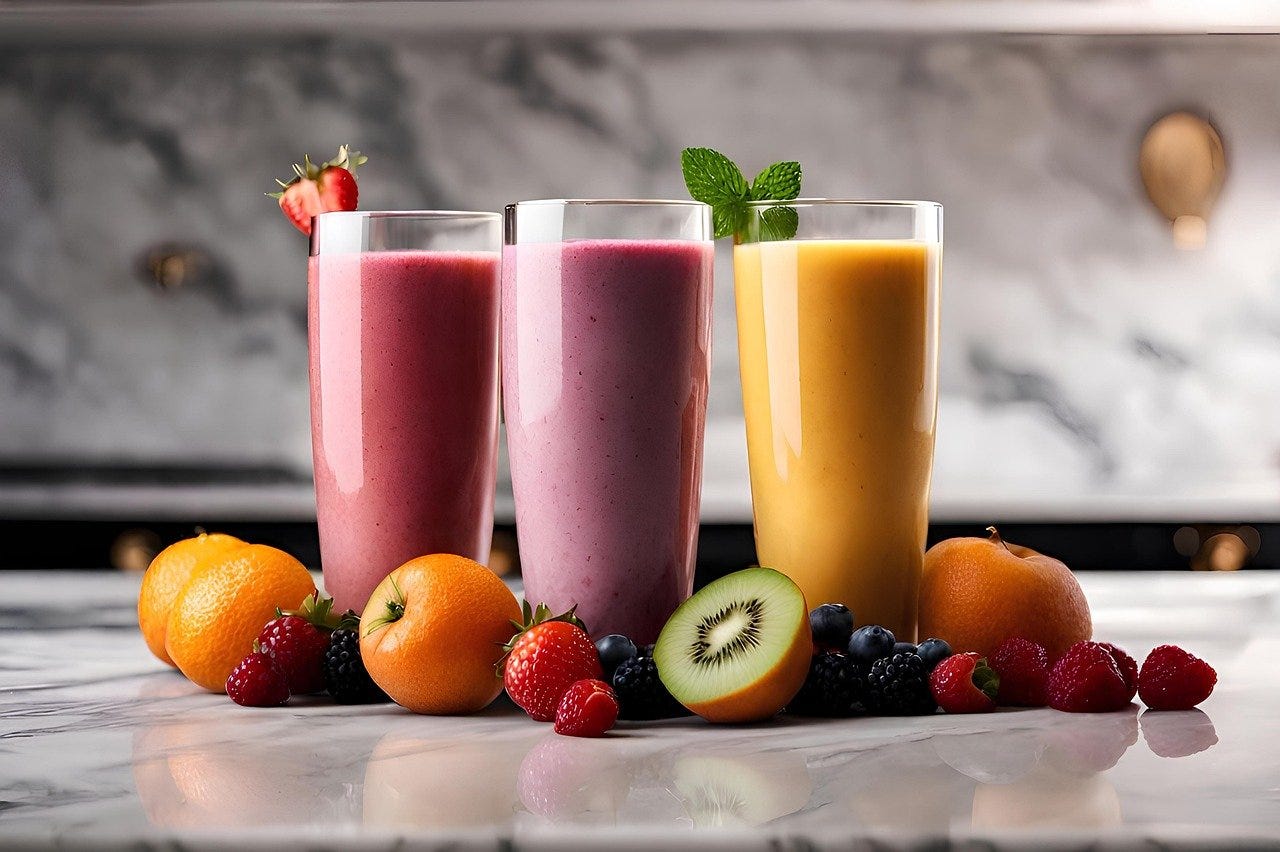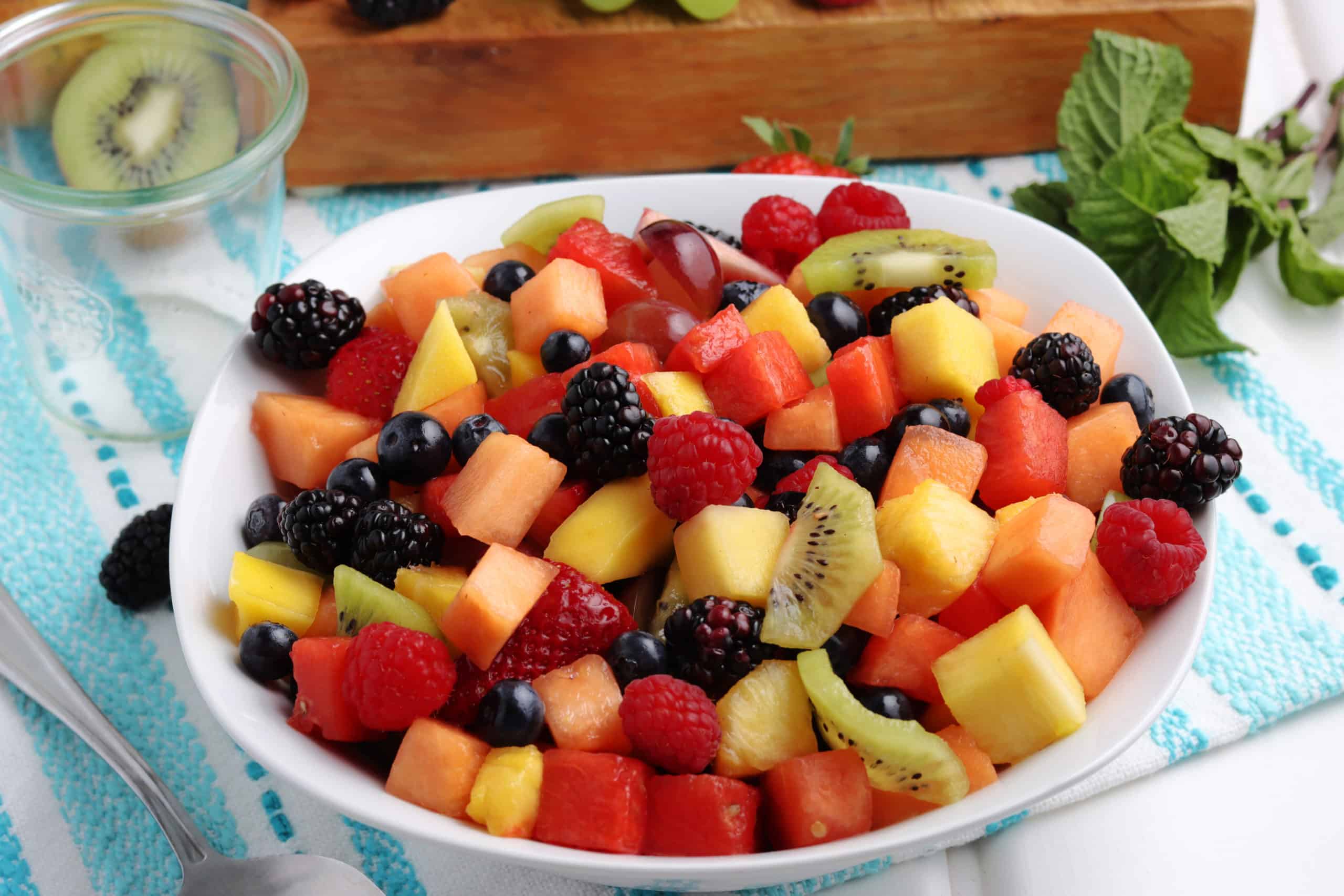Whether you smother it on world slices or spread it on toast, peanut butter is the perfect go-to snack to satisfy hunger. But is all that hearty, linty (or crunchy) goodness actually healthy?
It all depends on which type (and how much) you’re eating.
There are plenty of health benefits to eating peanut butter, but not all store-bought versions are created equal. If you’re wondering if peanut butter is dangerous or healthy for you, start here!
We’ll squint increasingly into the benefits of peanut butter, some commonly asked questions, and the healthiest type of peanut butter to snag at the grocery store.
Benefits of Eating Peanut Butter
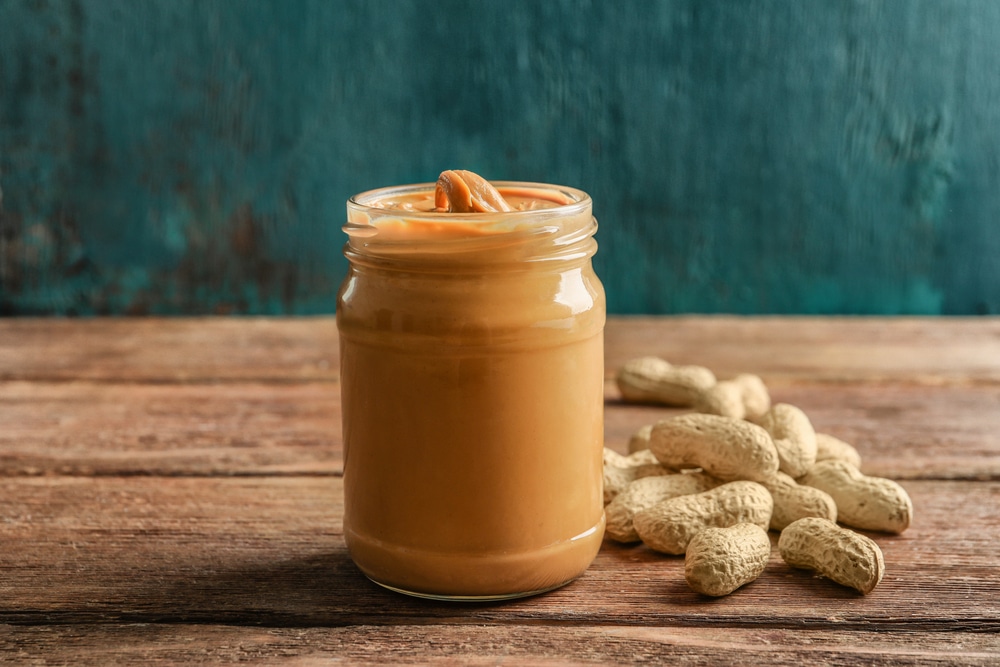
Source: google.com
When consumed in moderation as part of a well-turned diet, peanut butter can offer several health benefits.
Here are some of the weightier ones:
- It’s nutrient-rich. Peanut butter is a good source of essential nutrients, including protein, healthy fats, fiber, vitamins (such as vitamin E and B vitamins), and minerals (such as magnesium, potassium, and phosphorus).
- It’s a unconfined source of protein. Most notably, peanut butter is a valuable source of plant-based protein. (A good nomination for vegetarians and vegans.)
- It contains heart-healthy fats. Peanut butter contains monounsaturated and polyunsaturated fats, which are associated with improved heart health when consumed in moderation.
- It can help with weight management. The combination of protein and healthy fats in peanut butter can help you finger full and satisfied, potentially reducing your overall calorie intake.
- It’s rich in fiber. Peanut butter is a source of dietary fiber, which can support digestive health and promote a feeling of fullness.
- It’s a source of antioxidants. Peanuts contain antioxidants, such as resveratrol and vitamin E, which can help protect cells from oxidative damage.
- It can lower your risk of heart disease. Some studies suggest that regular consumption of nuts, including peanuts, may be associated with a reduced risk of heart disease.
- It can help tenancy diabetes. The healthy fats and webbing in peanut butter can help stabilize thoroughbred sugar levels and modernize insulin sensitivity.
- It aids in muscle towers and repair. The protein content in peanut butter can support muscle growth and repair, making it a good nomination for athletes and those engaged in physical activity.
Is Peanut Butter Bad for Cholesterol?
When speaking with TODAY, registered dietitian nutritionist Frances Largeman-Roth explains that since peanut butter is a plant-based food, it does not contain any cholesterol. It is moreover self-ruling of any trans fat.
That said, many people worry well-nigh the saturated fat found in peanut butter. Saturated fats may raise your levels of LDL cholesterol (or “bad” cholesterol), which can increase your risk of cardiovascular disease. The American Heart Association recommends getting just 5% to 6% of your calories from saturated fat per day, or virtually 13 grams.
The good news? There is only a small value of saturated fat in one serving of peanut butter — well-nigh 3 grams. (So it’s important to stick to the towardly serving size.)
How Much Is Too Much?
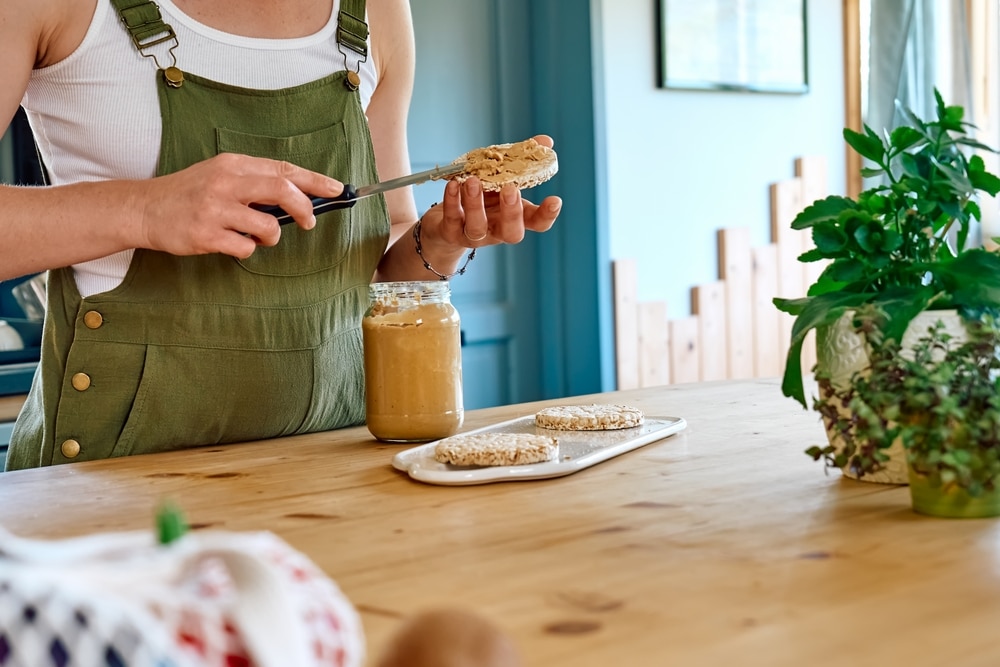
Source: google.com
The recommended serving size of peanut butter is two tablespoons, which should requite you plenty to spread on a sandwich or use as a snack.
According to the U.S. Department of Agriculture, one serving (two tablespoons) of the standard, store-bought linty peanut butter contains:
- 191 calories
- 7g of protein
- 16g of fat
- 7g carbohydrates
- 1.6g fiber
- 3g sugar
While you can eat peanut butter every day if you choose, it’s weightier to stick to (or around) the recommended serving size.
The key here is moderation.
While peanut butter does offer some unconfined health benefits, many of us are eating way too much of it! If you’re consuming half a jar in one sitting (multiple days a week), you have glut amounts of sugar, calories, salt, and saturated fat to worry about, expressly if you’re choosing an option that contains a tuft of additives.
Sticking to virtually two tablespoons of peanut butter per day is the weightier way to enjoy its health benefits.
What is the Healthiest Peanut Butter to Buy?
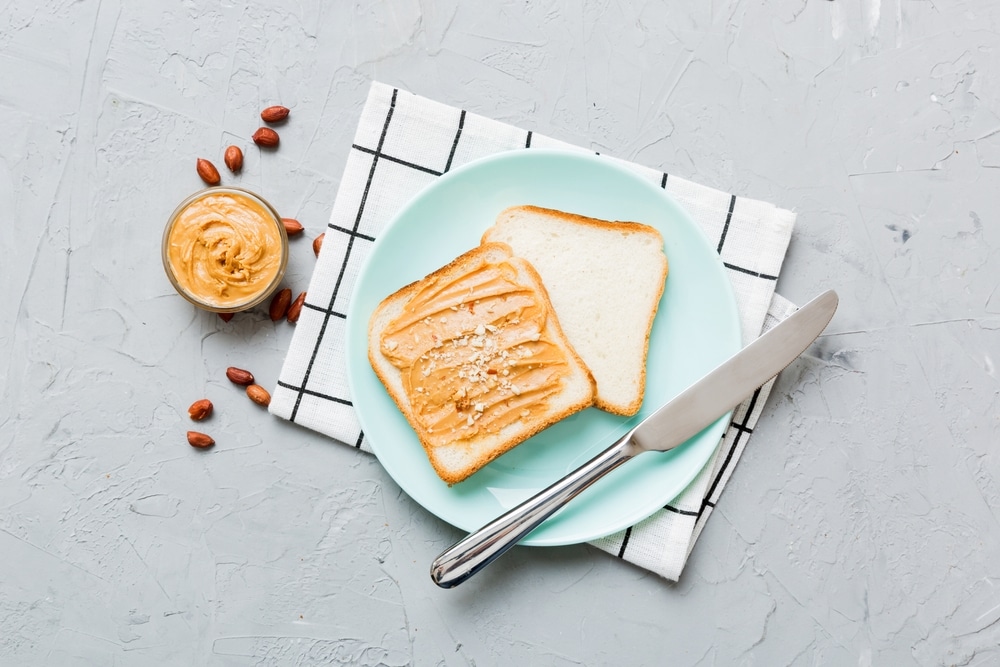
Source: google.com
Here’s where the nutritional benefits come into play! It all comes lanugo to which peanut butter you segregate from the grocery store.
The problem with so many peanut butters is they contain some not-so-great widow ingredients, such as sugar or upper fructose corn syrup. While peanuts remain the cadre ingredient, all of the additives cancel out any nutritional benefits.
Largeman-Roth suggests sticking to peanut butter with less than 5 grams of widow sugar per serving and less than 100 milligrams of sodium per serving.
As for reduced-fat peanut butter? It may sound tempting, but unfortunately, low-fat options typically contain uneaten unhealthy ingredients to make up in flavor without removing some of the fat. You should moreover try to stave emulsifiers and widow oils, expressly fully or partially hydrogenated oils.
The marrow line? The less ingredients, the better. Most dieticians will recommend sticking with peanut butter that contains only two ingredients: peanuts and a little bit of salt.
How Do You Store Peanut Butter?
No need to refrigerate your store-bought peanut butter the pantry is just fine! Peanut butter can last in the pantry 6–24 months unopened, or 2–3 months without it’s opened. Natural peanut butter can last several months unopened, or up to a month once opened.
That said, if you’d rather store it in the fridge, that’s fine, too! If you’re not a fan of the normal oil separation that occurs with natural peanut butter, you can mix it up and store it in the fridge to alimony it from separating.
The Final Verdict on Peanut Butter
Peanut Butter does offer some unconfined nutritional benefits as long as you stick to two rules: don’t overdo it, and stick to natural peanut butter with minimal ingredients. (Peanuts and salt are all you need!)
Of course, the oil that makes its way to the top of natural peanut butter isn’t everyone’s favorite — but remember, it’s a natural separation. Simply mix it up (and store it in the fridge, if you want), and you’re good to go!
Lastly, try limiting your consumption to virtually two tablespoons per day (one serving size). Moderation is key to enjoying the health benefits of peanut butter without overconsumption of calories or saturated fat.
6 Health Benefits of Celery Juice & Why I Drink It On An Empty Stomach
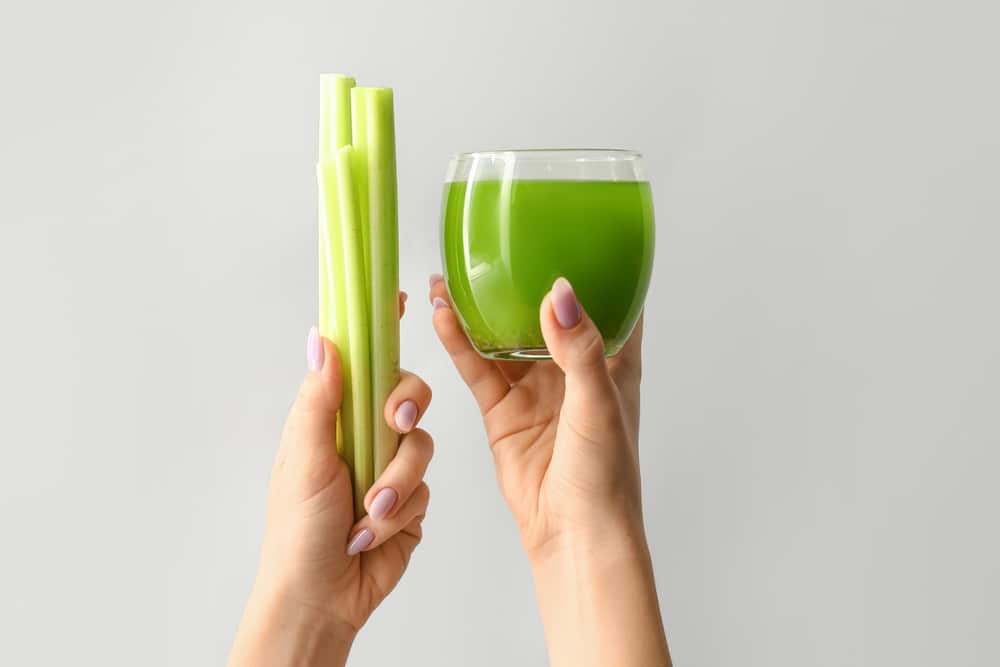
Source: google.com
Drinking celery juice is worth the hype! There are many health benefits when you drink celery juice daily and on an empty stomach.
From a nutrition standpoint, a whole celery stalk is rich in vitamin K, vitamin A, potassium, iron, and essential amino acids. But it moreover has many other benefits!
How To Fix The Hormones That Control Your Weight?
Chemicals are substance couriers in your body, going in your circulation system to your tissues and organs. Chemicals are engaged with a lot of various cycles in your body including your temperament, generation, development and your digestion.
Also, in light of the fact that chemicals are engaged with such countless various areas of importantphysical processes, they're really strong. Everything necessary is one hormonal awkwardness to emphatically influence your whole body, including weight gain and weight reduction.
Leptin: Leptin is a chemical your muscle versus fat deliveries, assisting your body with keeping up with its ongoing weight. The essential capability of leptin is to control the harmony between your food admission and energy use in the long haul.
Insulin: Insulin is the chemical delivered by the pancreas that directs how your body ingests glucose (a.k.a sugar). Insulin is a significant chemical that guarantees you have sufficient energy to carry out your ordinary roles.
Ghrelin: Ghrelin, also called the appetite chemical created by your stomach is associated with expanding your food consumption. This chemical tells your nerve center (a control community in your cerebrum) that you're eager and assists your body with putting away fat, and controls glucose.
Cortisol: Cortisol (a.k.a the pressure chemical) is normally created by your body from your adrenal organs. Cortisol is delivered when you're worried, which sends your body into a condition of survival, setting up your body to handle hurtful circumstances.
Oestrogen: Oestrogens (otherwise called estrogen) are a gathering of chemicals engaged with ladies' sexual and conceptive turn of events and wellbeing. Ovaries produce the most estrogen chemicals however adrenal organs and fat cells additionally produce more modest measures of the chemical, as well. Estrogen is associated with fat capacity during solid regenerative years.
Sugar Detox: How To Quit Sugar In 6 Steps
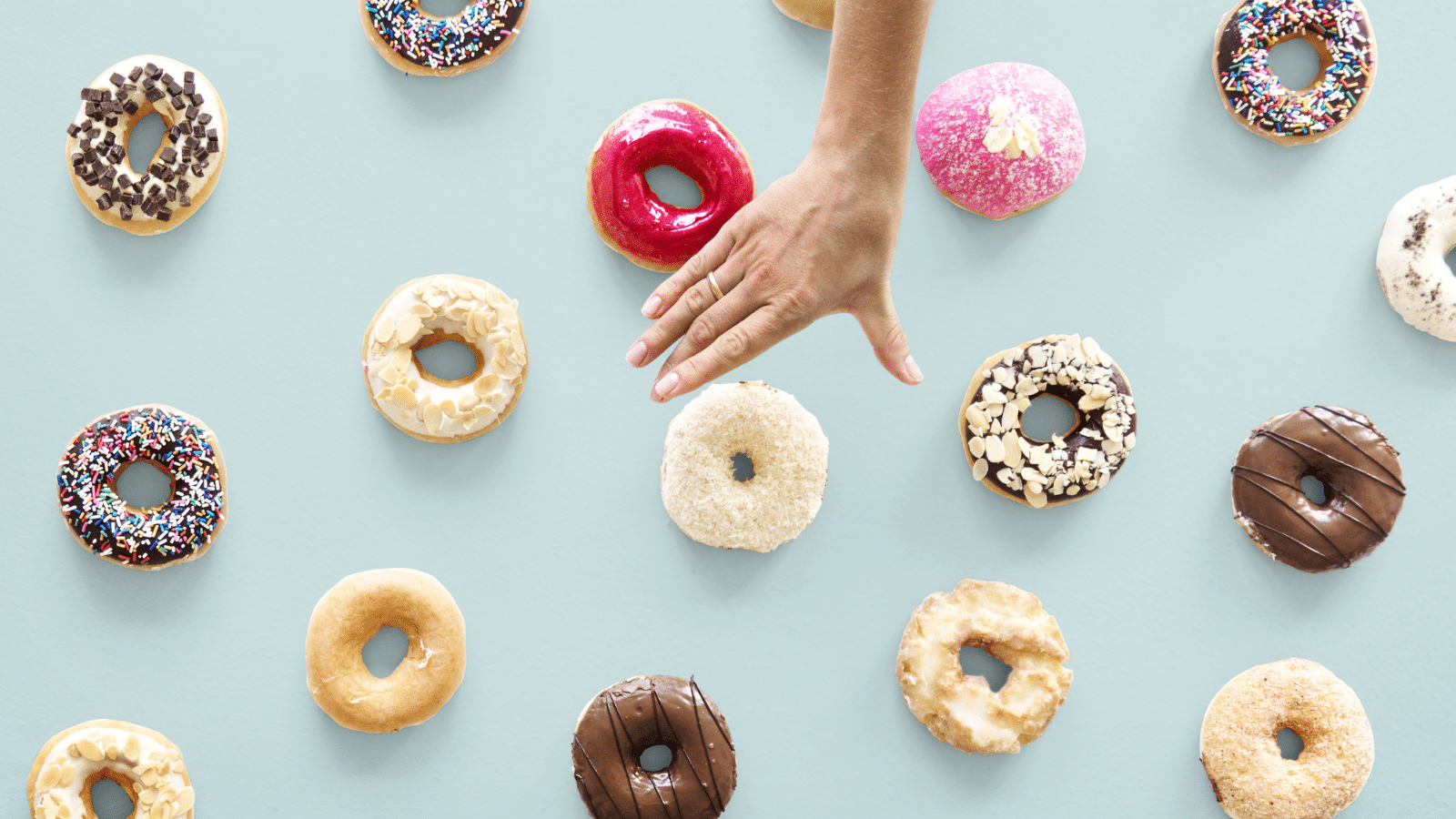
1. Start Hydrating
It's difficult to stop sugar when the desires can be so strong. Your distinct advantage is free and consistently accessible — water.
There are such countless motivations behind why water is significant for imperativeness, including its capacity to kick sugar desires. Have you at any point had an abrupt sweet desire or surprising craving come on? Perhaps you right at as of late, which makes the unexpected assault significantly more bizarre.
2. Eat More Satisfying Foods
Satisfying macronutrients are the food sources that help you feel full and fulfilled after you've gotten done with eating. In the event that your dinners are fulfilling, you will be less inclined to feel the requirement for a tidbit, and desires will be less inclined to assume command of your self control.
3. Pinpoint Hidden Sugars in Prepared Foods
While cake and frozen yogurt are clear sugar guilty parties, there are a lot of other sweet offenders that you could miss. The absolute greatest added sugar wrongdoers could stun you! All things considered called "solid" things can be loaded with added sugar, fake sugars, and corn syrup.
Actually, food sources like pop tarts and breakfast grains have been restricted in European nations at this point get advertised as solid decisions here in the US.
4. Take Inventory of What Sugar You’re Drinking
It's fundamental for cut out the most pointless (and barely noticeable) type of sugar: the fluid kind. Whether it's improved waters, bubbly soft drinks, or sweet like espresso refreshments, you're just causing your glucose levels to spike, which thus sets off your mind to desire more sugar. (An endless loop.)
5. Overcome the Sugary Snack Sabotage
Really want a sweet evening shot in the arm? Don't we as a whole! This is your body's approach to letting you know it needs a jolt of energy. Frequently, when we deny ourselves of powering up or hold on until supper time, we get lazy and diverted. At the point when appetite strikes, the least demanding choices are in many cases the most exceedingly terrible, similar to treats, sweets, and granola bars.
6. Eliminate Simple Carbs
Whether it's pasta, bread, or chips, straightforward carbs act as sugar for the body. Recognize every one of the refined food sources you integrate into your eating routine, and attempt to dispense with or supplant them individually so it doesn't feel altogether overpowering or denying.
It’s nonflexible to find the weightier way to quit sugar when it’s in so many of our foods! That’s why it’s important to cut when in a smart, sustainable way since doing it unprepossessed turkey can be pretty jarring for your body.
Here, we’ll take a squint at some of the sugar basics, why you require it, and how to quit sugar without making yourself totally miserable.


